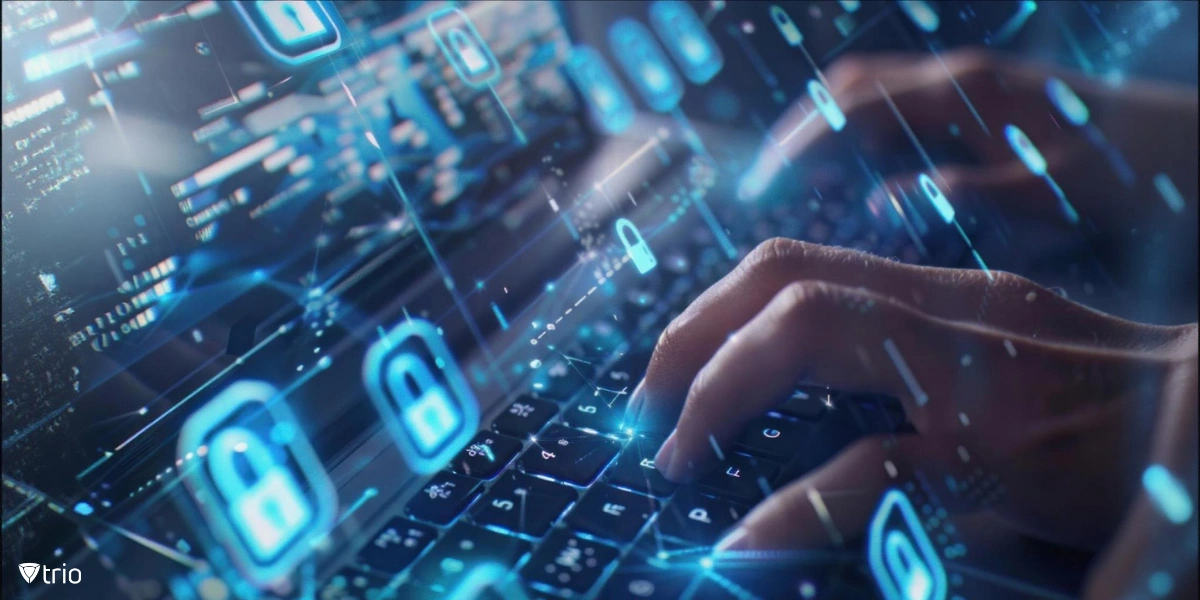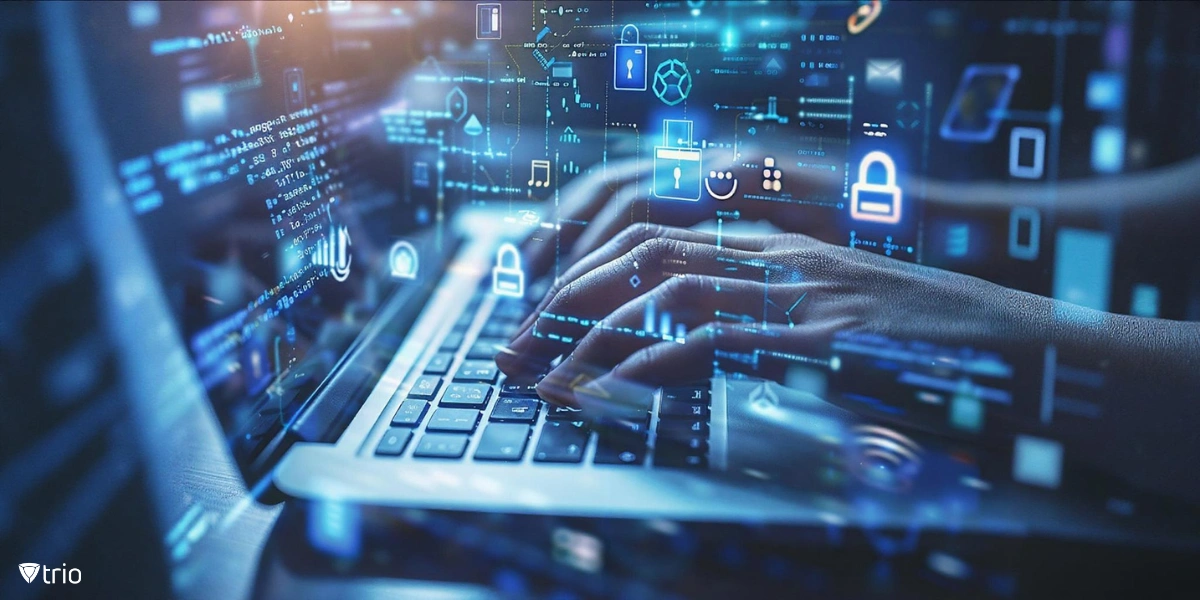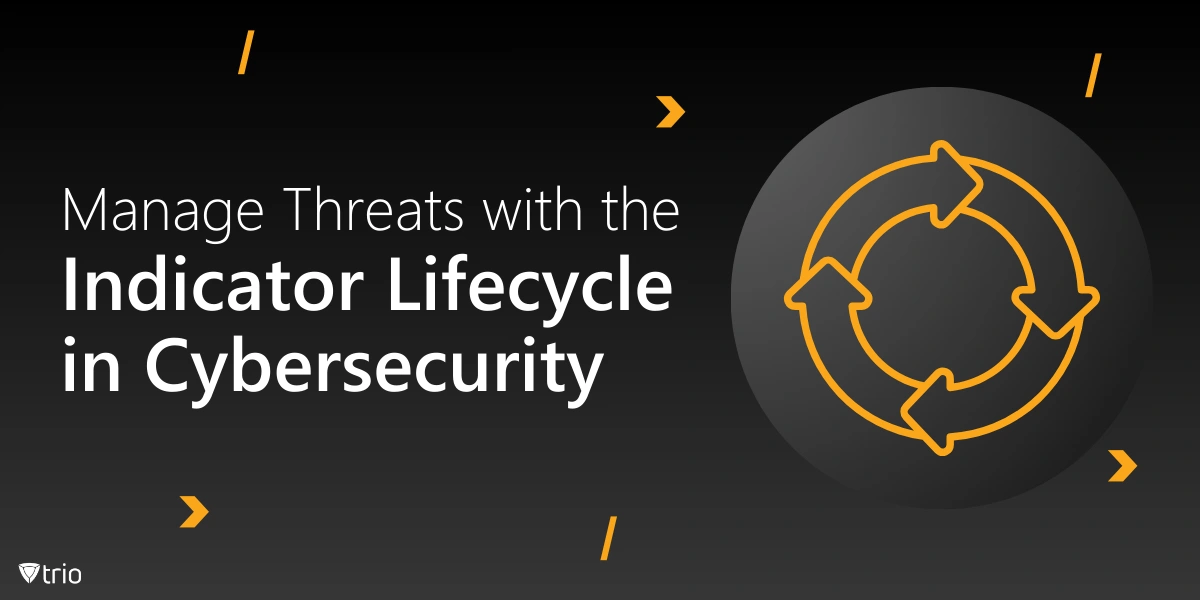In today’s rapidly evolving cyber threat landscape, understanding the cybersecurity lifecycle and the indicator lifecycle in cybersecurity is crucial. Security teams rely on indicators, such as Indicators of Compromise (IOCs) and Indicators of Attack (IOAs), to detect and respond to malicious activity. These indicators play a significant role in early detection and rapid response to cyber incidents. However, managing the lifecycle of these indicators—collecting, enriching, validating, correlating, and sharing them—requires a well-organized approach. In this blog, we will delve into the indicator lifecycle, examining its stages and how cybersecurity solutions can enhance the overall security posture of organizations.
What Are Indicators in Cybersecurity?
Cybersecurity indicators serve as critical clues in the fight against cyber threats. These indicators, which include Indicators of Compromise (IOCs) and Indicators of Attack (IOAs), help security professionals detect malicious activity early. IOCs are artifacts that indicate a system has been compromised, such as suspicious IP addresses, malware hashes, or unauthorized access to sensitive data. On the other hand, IOAs focus on tactics, techniques, and procedures (TTPs) employed by attackers to exploit vulnerabilities and carry out an attack.
Indicators come in various forms and can be classified into three categories: network-based, host-based, and application-based. Network-based indicators might include unusual network traffic patterns or command and control communication attempts. Host-based indicators might include unusual file access or process execution, while application-based indicators might reveal vulnerabilities being exploited through applications.

Phases of the Indicator Lifecycle
The indicator lifecycle consists of several phases; let’s explore each one separately.
1. Collection
The first step in the indicator lifecycle is collecting data from various sources. This could include threat intelligence feeds, security logs, or even alerts from cyber threat management tools. Indicators can be gathered from both internal systems (like logs and network traffic) and external sources (such as threat intelligence platforms or public repositories).
Once gathered, indicators need to be systematically categorized to ensure they are actionable. A proactive approach to indicator collection helps to prepare security teams for detecting real-time malicious activity across the organization’s entire network.
2. Enrichment
Once indicators are collected, they are enriched with additional context. Enrichment provides deeper insights, enabling better decision-making. For example, threat intelligence platforms can enhance Indicators of Attack by identifying the specific malware or threat actor types associated with an attack. By correlating this data with known vulnerabilities, security teams can gain a clearer understanding of the threat and apply effective data loss prevention techniques.
Enriching the collected data helps to prioritize which indicators need immediate attention and which may be less critical, allowing for more effective allocation of resources.
3. Validation
Ensuring that indicators are valid and accurate is a vital step in the lifecycle. False positives can be a major challenge in cybersecurity, so it’s essential to validate indicators before taking action. This process may involve using security assessment tools to analyze and test the indicators in a sandbox environment or with SIEM (Security Information and Event Management) solutions. Vulnerability management plays a key role here by helping identify whether an indicator is tied to a known vulnerability in the organization’s infrastructure.
Validation also ensures that security teams avoid responding to insignificant threats, reducing alert fatigue and increasing the focus on critical issues.
4. Correlation
After validation, the next step is to correlate indicators to uncover complex attack patterns. By using correlation rules in SIEM systems, security professionals can better identify evolving attack techniques. Correlating IOCs with IOAs can reveal broader patterns of activity, such as repeated attempts to breach the same system, suspicious login behaviors, or data exfiltration efforts.
With a cybersecurity incident response plan, correlated indicators help to map the progression of an attack, enabling teams to respond more efficiently and mitigate threats quickly.
5. Response
Indicators are directly tied to incident response efforts. Once validated and correlated, they are used to trigger actions aimed at containing and mitigating attacks. For example, if an indicator reveals unauthorized access to sensitive data or data exfiltration attempts, security teams can implement measures to stop further compromise, such as isolating infected systems, blocking malicious IP addresses, or implementing additional endpoint encryption software.
A well-defined cybersecurity incident response plan helps ensure that actions taken during the response phase are aligned with the organization’s overall strategy, minimizing damage and restoring operations as quickly as possible.
6. Sharing and Collaboration
In the current threat environment, collaboration and information sharing are critical for timely responses. Sharing indicators with trusted external parties, such as Information Sharing and Analysis Centers (ISACs) or other industry groups, can enhance the collective defense against cyber threats. By sharing insights on emerging attack trends and new indicators, organizations can strengthen their defenses and respond more effectively to evolving threats.
This collaboration can be especially useful when dealing with large-scale attacks, as information sharing enables the detection of common indicators across multiple organizations, accelerating response times and reducing the potential for widespread damage.
7. Decommissioning
The final stage in the indicator lifecycle is decommissioning. Over time, certain indicators may no longer be relevant, either because the threat has been neutralized, or the indicators are no longer useful due to changes in tactics or technologies. It’s important to regularly retire outdated indicators to avoid cluttering the system with irrelevant data.
Regular updates to the indicator list ensure that security teams focus on the most pressing threats, while also reducing the risk of being overwhelmed by outdated or obsolete indicators.
Challenges in Managing the Indicator Lifecycle
Managing the indicator lifecycle in cybersecurity is not without its challenges. One of the primary difficulties is dealing with false positives and false negatives, which can impact the effectiveness of detection systems. Indicators need to be regularly reviewed and tested to ensure they remain accurate and relevant, but with the large volume of data generated, this can be a daunting task for many organizations.
Another challenge is managing indicator fatigue, where security teams are overwhelmed by the sheer number of alerts generated by security tools. It can lead to the mismanagement of incidents or the dismissal of potential threats. Balancing automation with human oversight is key to preventing over-alerting while maintaining an effective defense.
Best Practices for Managing Indicator Lifecycles
To overcome the challenges outlined, organizations must establish robust processes for managing the indicator lifecycle. This includes integrating automated tools and threat intelligence platforms to streamline data collection, validation, and enrichment. Automating the process can save time and reduce the burden on security teams.
Moreover, organizations should continuously monitor and update indicators to ensure they remain relevant. Proactively identifying new threat patterns and adjusting indicator lists can help prevent attacks before they escalate. Data loss prevention measures, such as device encryption and network traffic monitoring, should be part of a larger strategy for protecting sensitive information.
Additionally, collaboration with external parties for sharing and receiving updated indicators is a vital best practice. This can provide real-time intelligence that enhances overall threat detection and response capabilities.

How Trio Can Help with Indicator Lifecycle in Cybersecurity
Trio, a simplified Mobile Device Management (MDM) solution, can significantly enhance the indicator lifecycle in cybersecurity. By providing real-time monitoring of mobile devices and ensuring that security controls are consistently enforced across the organization, Trio helps security teams quickly detect and respond to indicators of attack. Trio’s robust platform supports the collection and validation of indicators, integrating seamlessly with existing security tools to improve incident response and reduce the impact of data breaches.
With Trio’s easy-to-use device management features, organizations can ensure that their mobile endpoints are secure, protected from malicious activity, and compliant with industry best practices. By leveraging Trio’s security solutions, businesses can manage the entire indicator lifecycle, from detection to response, with greater efficiency and accuracy.
Want to see how Trio can streamline your device management? Try our free demo today and discover how our platform can enhance your cybersecurity efforts.
See Trio in Action: Get Your Free Trial Now!
Conclusion
Managing the indicator lifecycle in cybersecurity is a critical process for identifying and mitigating cyber threats. By collecting, enriching, validating, correlating, and sharing indicators, organizations can significantly improve their ability to detect and respond to attacks. Integrating automated tools, threat intelligence, and collaboration with external parties is essential for maintaining an agile and effective cybersecurity strategy.
To reduce the risk of data breaches and enhance overall security, organizations must adopt best practices for managing indicators. Continuous monitoring and updates, coupled with effective incident response plans, can help reduce false positives and improve response times, ensuring that your organization stays protected against evolving cyber threats.




